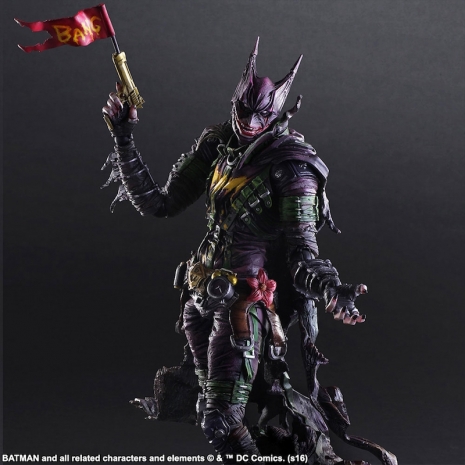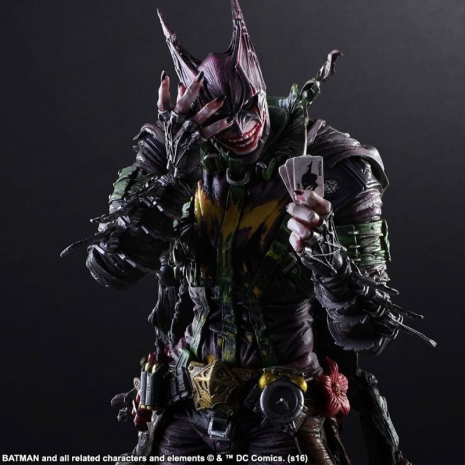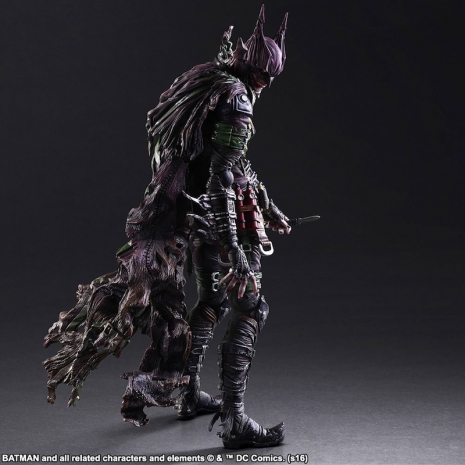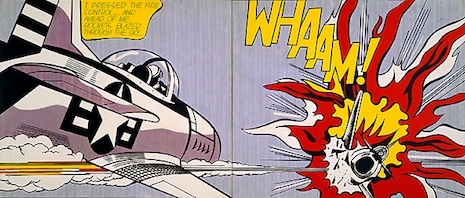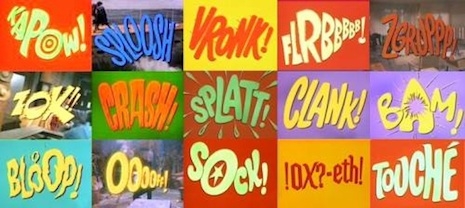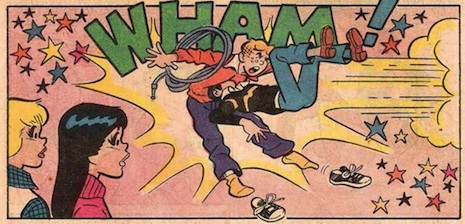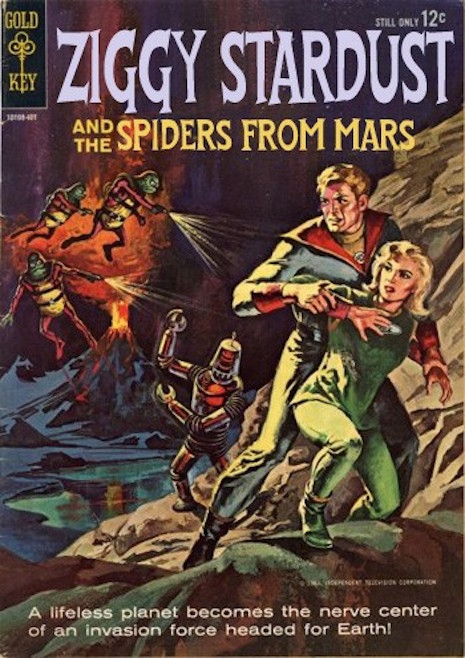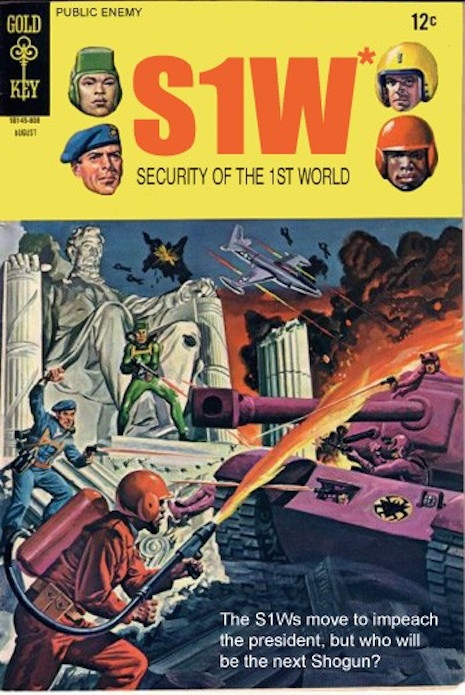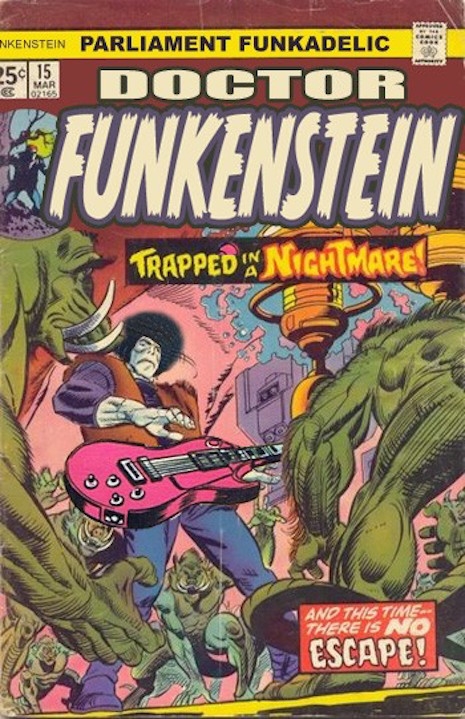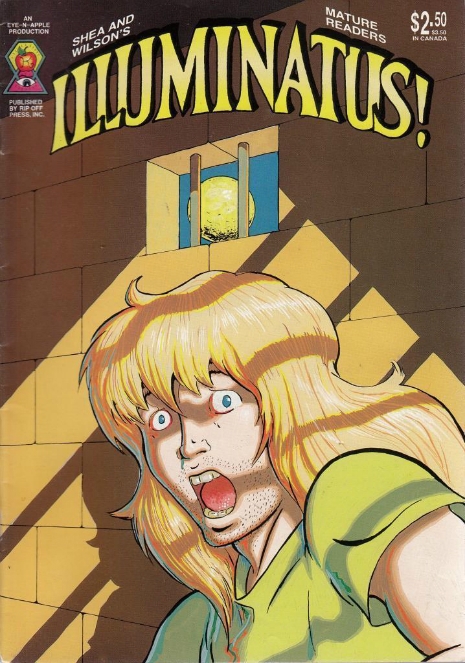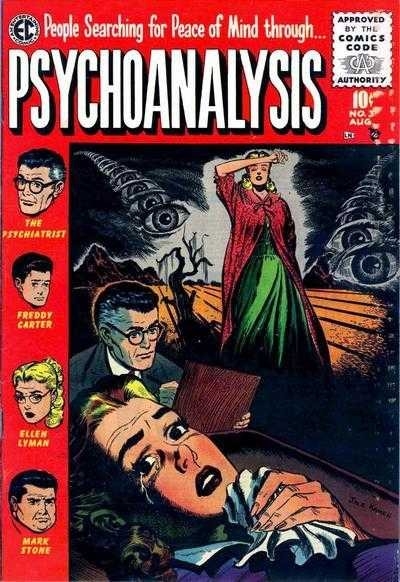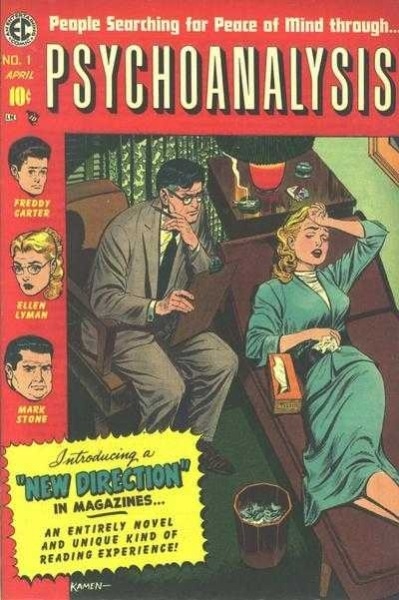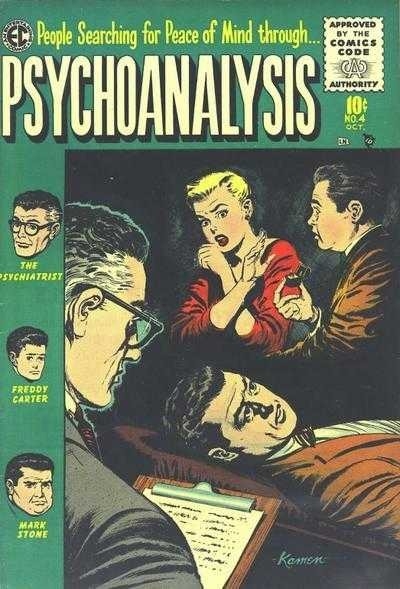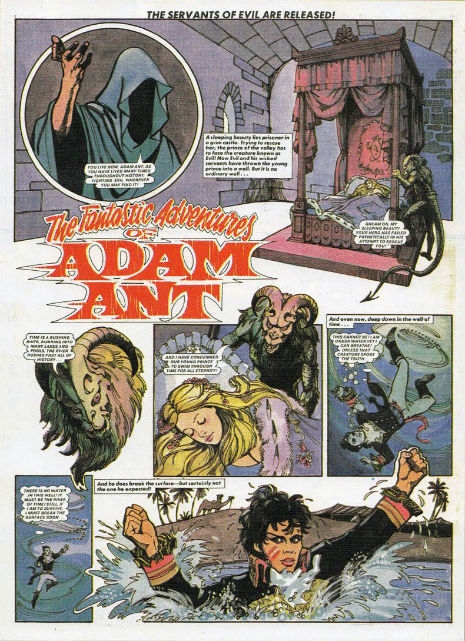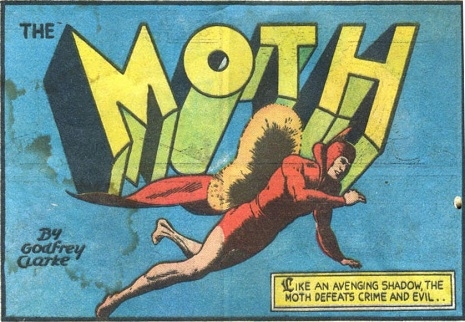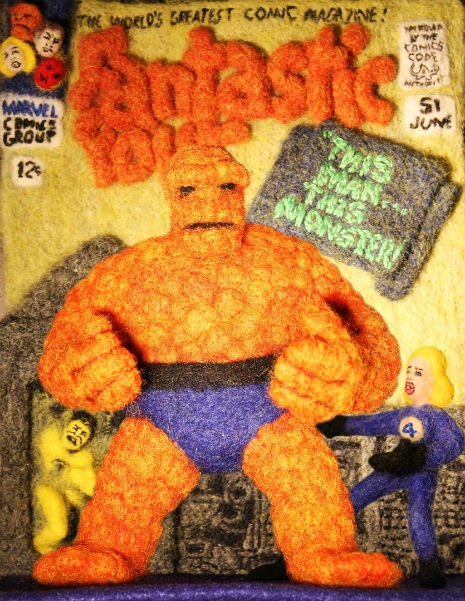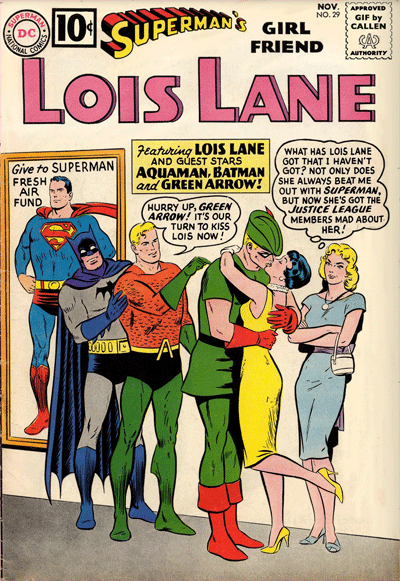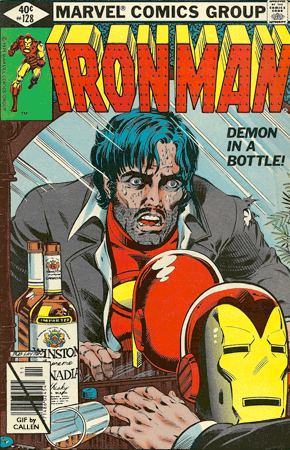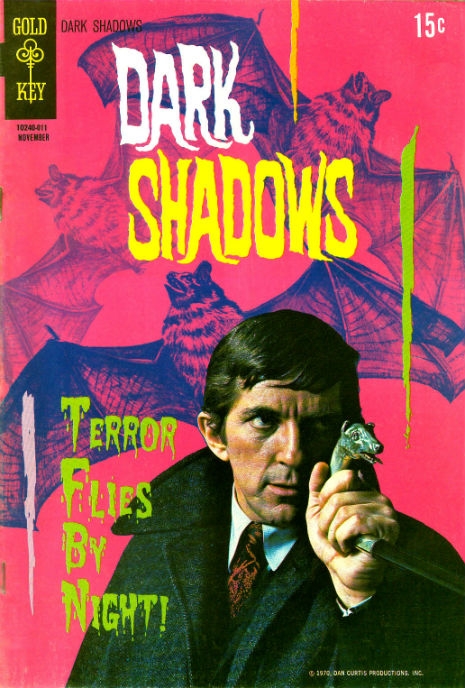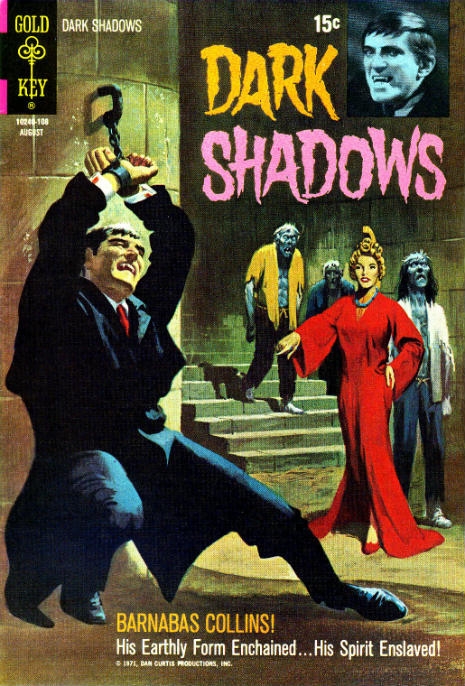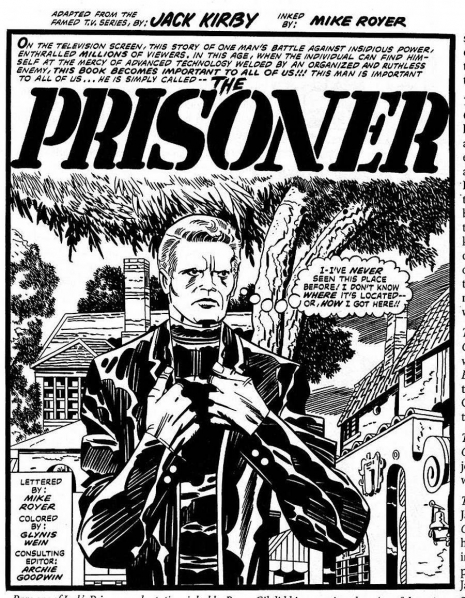
Jack Kirby was the man who imagined our world of superheroes. In partnership with Stan Lee and Joe Simon, Kirby created the likes of Captain America, Iron Man, the Fantastic Four, Hulk, Thor, Doctor Doom, the Black Panther and many, many others.
Kirby’s input had a bigger and longer lasting effect than just the words or concept. His drawings helped shape our worldview—for he was the artist who created the look of these superheroes. When we think of Captain America or Iron Man—we’re seeing these characters through the prism of Kirby’s imagination.
Jack Kirby was born in New York to an Austrian-Jewish immigrant family in 1917. Though life was poor and tough, Kirby had an inkling he was going to be an artist. Hardly the sort of work for a working class kid from the Lower East Side—but Kirby had a compulsion that made him draw. He started doodling, then sketching, and then drawing full comic strips. He knew he would never be a Rembrandt or a Gauguin but he did know that he would become an artist. He took to drawing comics because the comic strip was the art of the working man. Kirby later recalled:
I thought comics was a common form of art and strictly American in my estimation because America was the home of the common man, and show me the common man that can’t do a comic. So comics is an American form of art that anyone can do with a pencil and paper.
His talent for drawing led to his early career as a graphic artist. He created single panel health advice cartoons such as Your Health Comes First!!! and various advisory comic strips. When Kirby switched jobs to Fox Feature Syndicate, he teamed up with Joe Simon—together they created Captain America.
After the Second World War Kirby worked for DC Comics and then Marvel—where his legendary partnership with Stan Lee was responsible for creating our world of superheroes—a world comparable to the myths of ancient Greece. However, disagreements with Lee over credit, led Kirby to quit Marvel and rejoin DC in the late 1960s, where he produced his superb Fourth World series.
In 1968, Kirby became obsessed with a new TV series called The Prisoner. The series depicted a spy relocated to a mysterious island where he is interrogated for information. As an anti-authoritarian libertarian, Kirby identified with the central character No. 6 played by Patrick McGoohan. Kirby said the series represented:
...an individual’s stubborn attempts to wrest freedom from subtle but oppressive power.
This was analogous to his view of politics as well as his creative relationships with others—most notably Stan Lee.
In the early 1970s, Marvel decided to produce a comic book version of The Prisoner. Marvel’s then editor Marv Wolfman set Steve Englehart and Gil Kane to work on it. However, Stan Lee—knowing how much Kirby liked the series—intervened and asked him to work on the comic book.
Kirby produced a complete first issue lifted directly from the series’ first episode “Arrival.” Unlike his other work, Kirby’s The Prisoner is an almost faithful retelling of the TV show. The finished drawings were partially inked and lettered by Mike Royer–but the idea was dropped and the comic never saw light of day.

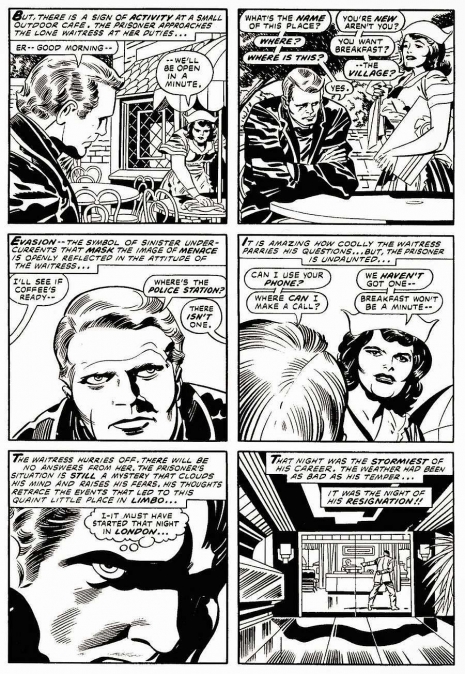
Read the rest of Jack Kirby’s ‘The Prisoner,’ after the jump…
